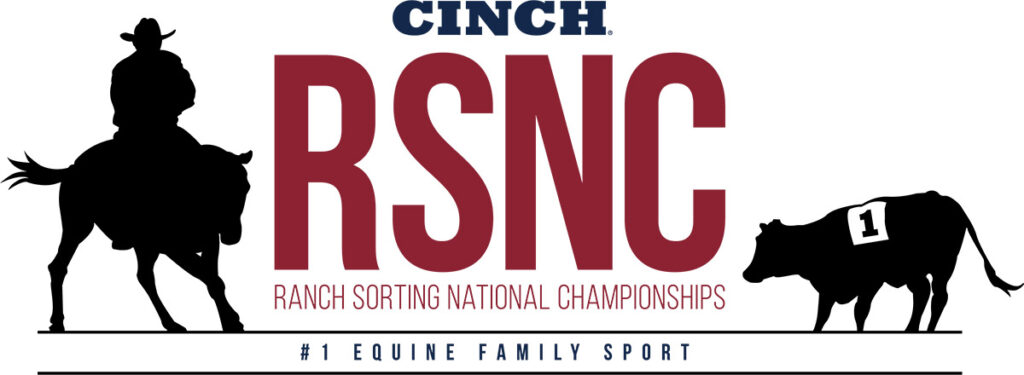There’s something undeniably captivating about the vibrant and varied coat patterns of Paint Horses. These horses, with their bold splashes of color and intricate details, are living works of art. Plus, no two are alike—each Paint Horse has a particular combination of white and any color on the equine spectrum: black, bay, brown, chestnut, dun, sorrel, palomino, buckskin, gray, or roan. Markings can be any shape or size and located anywhere on the horse’s body. Although these horses come in a variety of colors with different markings, the three main Paint Horse coat patterns are tobiano, overo, and tovero. We’ve provided a quick rundown of these patterns, plus a few common variations.
Tobiano
The tobiano (or “toby”) typically shows white over the back and up the legs; it’s common for two, three, or all four of a tobiano’s legs to be white below his hocks and knees. His head is normally like that of a solid-color horse, either solid or showing a star, snip, strip, or blaze. His spots are regular and distinct, with clear borders. His mane and tail are usually two colors.
Overo
With the overo, the white originates on the horse’s underside and rarely crosses the back. He tends to show color on all four legs. There’s typically a lot of white on his head; overos might be bald-faced, apron-faced, or bonnet-faced. Often, one or both eyes will be blue. Where color meets white, the borders are often irregular, and the spots of color might be “bordered” (surrounded by a mixture of colored and white hairs).
Tovero
The tovero horse shows both tobiano and overo characteristics. For example, this horse might have basic tobiano coloring, but with a bald or “apron” face. Or, he might be almost all white, showing base color only on his muzzle, ears, chest, and flanks.
Sabino
The sabino has an entirely different white pattern, usually including wide blazes and completely white legs. Some have so much white that color may appear only on the ears and chest (see medicine-hat coloration, below) or on the dock of the tail. The sabino’s base coat color isn’t solid, but mixed with white hairs—this looks like roaning, but it’s not. He might sport a “roany” white that begins on his belly and reaches up his sides.
Splashed White
Splashed white is a spotting pattern that often makes the horse look as though it’s been dipped in white paint. For instance, on a dark-colored horse, the legs and bottom portion of the body are often white, with a white head and blue eyes. Normally, there’s little or no roaning.
Medicine Hat
A dark-colored cap at the horse’s poll is called a “medicine hat.” Horses distinguished by this marking usually have a predominately white coat, often with a dark “shield” pattern across their chest. Native Americans believed these markings carried special spiritual protection as they rode into battle.
If you want to learn more about these horses, the American Paint Horse Association provides visual guides and more details about each coat pattern.








